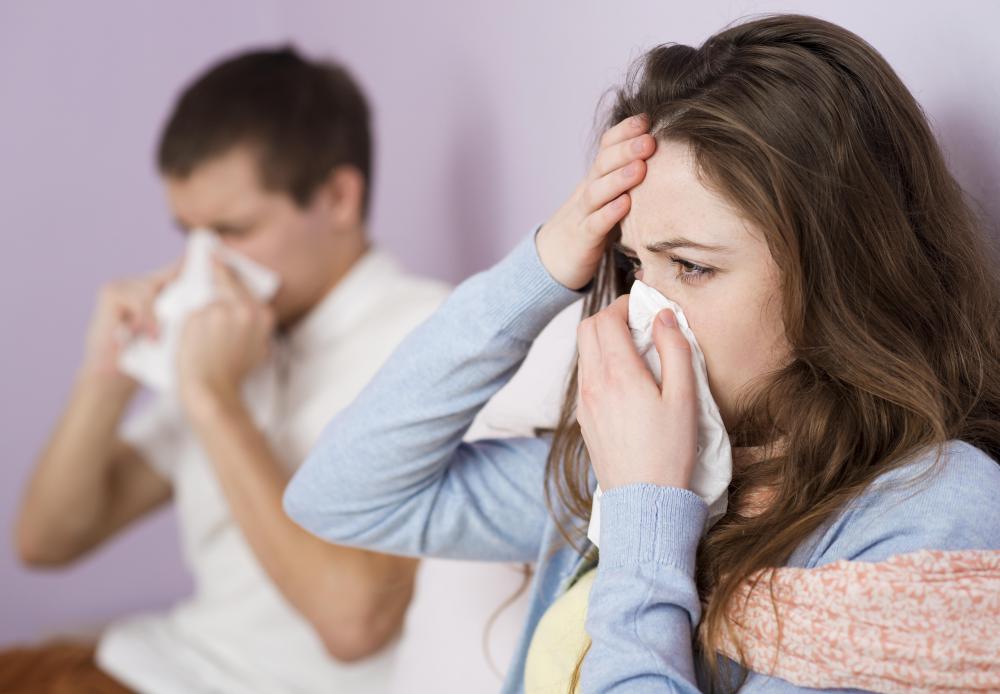At WiseGEEK, we're committed to delivering accurate, trustworthy information. Our expert-authored content is rigorously fact-checked and sourced from credible authorities. Discover how we uphold the highest standards in providing you with reliable knowledge.
What are the Different Methods of MRSA Transmission?
The primary methods of MRSA transmission are person-to-person contact and contact with an object or surface that has been contaminated with the bacteria. Person-to-person contact is typically the most common mode of transmission and may spread MRSA in one of two ways: someone may interact with another person who is actively infected, or someone who is a carrier can unknowingly pass it on to another person. Getting MRSA from bacteria on a surface can happen anywhere, though it may be more apt to occur in locations where there is a high likelihood that people with the disease are present, such as a hospital, or in settings where people share many personal objects, such as a gym or day care.
Direct contact with an infected individual is the most straightforward means of MRSA transmission. MRSA causes pustules to form on the skin, and if another person touches these infected areas, the bacteria may spread to him or her. This can lead to an active infection if it gets into a break in the skin, or it may simply make that person a carrier who can spread it to others. MRSA also thrives in the mucous membranes, so sneezing or coughing may spread the disease, either by getting it into the air or moving it to hands or surfaces where it can then be passed to another person.

MRSA transmission can also occur when a person who is a carrier of the disease comes into contact with another person. People become carriers when their skin is colonized by MRSA bacteria through contact with an infected person, another carrier, or a contaminated surface. The bacteria can then live on the skin of a carrier for days, weeks, or even years, without ever becoming an active infection. When the carrier touches another person, he or she may pass the bacteria on, making the other person a carrier or possibly giving him or her an active infection. The carrier can also leave bacteria on other surfaces, contaminating them.

It is also possible for MRSA transmission to happen when the bacteria gets onto an object or surface from an infected person or carrier. Other people may then touch the contaminated surface, spreading the disease. This method of transmission typically occurs less frequently than direct passage from one person to another, but is not uncommon in areas like hospitals, the military, or sports settings.
AS FEATURED ON:
AS FEATURED ON:













Discuss this Article
Post your comments